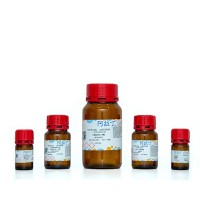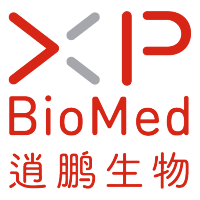Atomic Force Microscopy Assays for Evaluating Polyglutamine Aggregation in Solution and on Surfaces
互联网
473
Mutations which cause an expansion of CAG triplet repeats encoding polyglutamine (polyQ) are responsible for the subsequent
misfolding of specific proteins that contribute directly to the pathogenesis of at least nine neurodegenerative disorders,
including Huntington’s disease (HD) and the spinocerebellar ataxias (SCAs). Expansion of polyQ tracts results in the aggregation
of these proteins, potentially through a variety of precursor aggregates, into fibrillar structures. There may also be a variety
of aggregates formed that are off-pathway to the formation of fibrils. Here, detailed protocols for analyzing the aggregation
of mutant huntingtin (htt) fragments (associated with HD) and synthetic polyQ peptides with atomic force microscopy (AFM)
are described. Ex situ AFM can be used to characterize htt aggregate formation and morphology. In situ AFM allows for tracking
the formation and fate of individual polyQ peptide aggregates on surfaces. The interaction of htt with a variety of surfaces,
including lipid bilayers, can also be investigated. Furthermore, the mechanical impact of htt on lipid surfaces can be studied
using specialized AFM techniques. Methods to analyze AFM images of htt aggregates are also presented.








